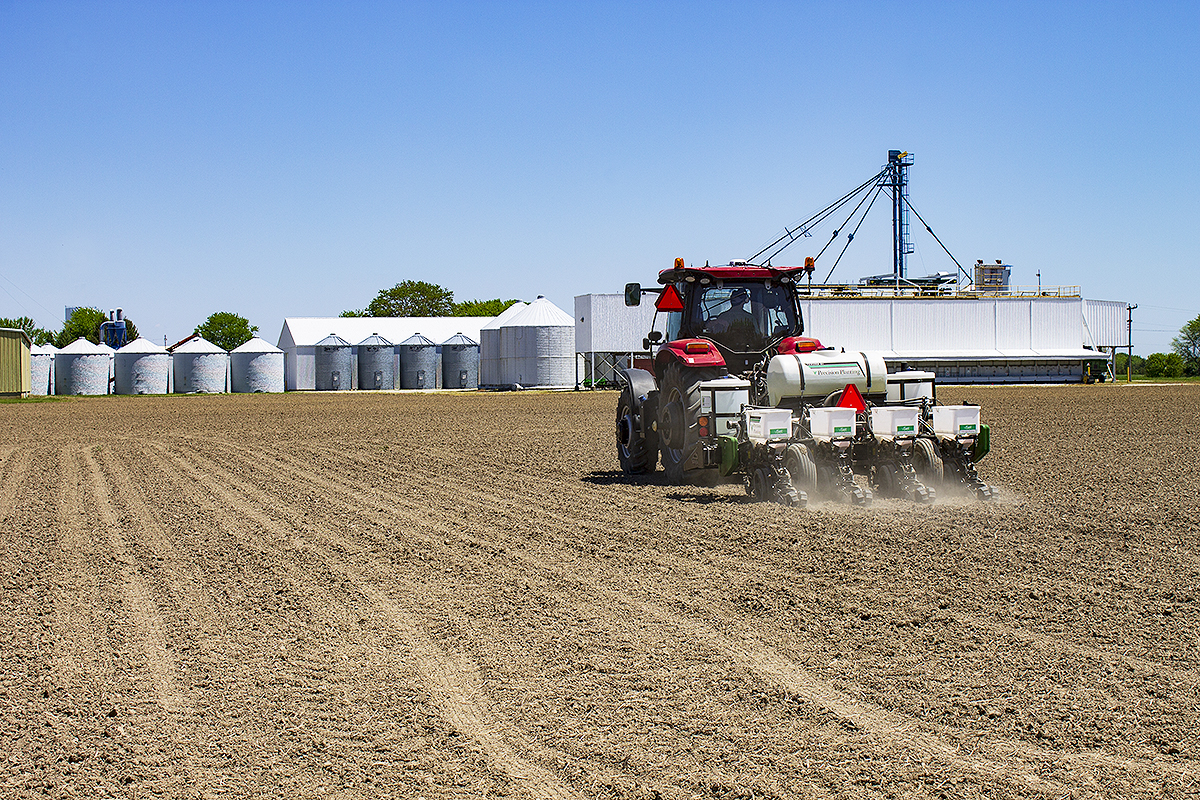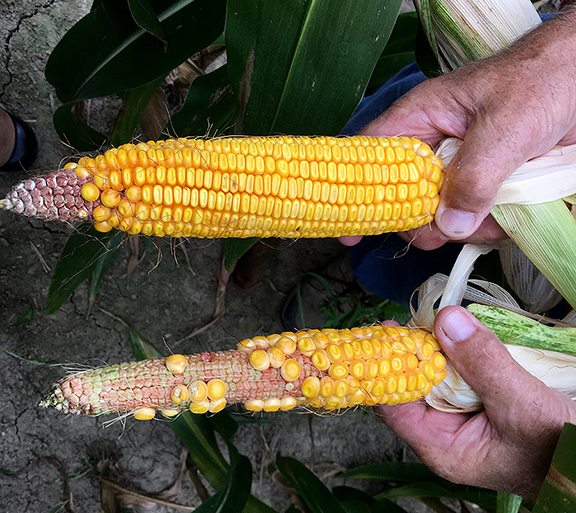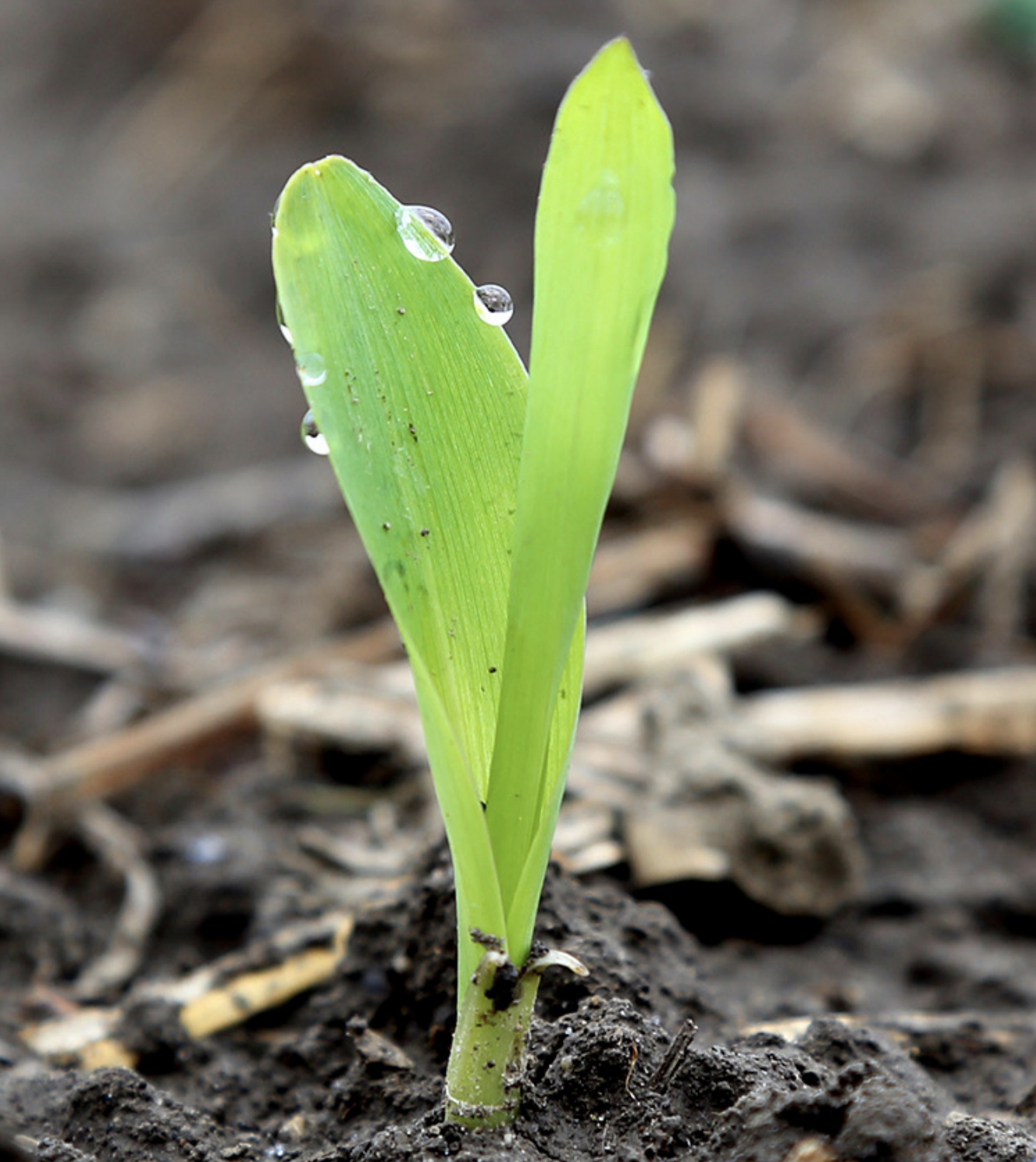PRIDE Seeds Market Development Agronomists Drew Thompson and Matt Chapple discuss fungicides on corn, and how the genetics of various hybrids react.
Read More
FieldTalk
The first ever planting of the PRIDE Seeds demo plot in Pain Court, ON has been completed under the direction of Market Development Agronomist Matt Chapple. The new demo plot is located on the property of PRIDE’s head office, adjacent to the new PRIDE Seeds Education Centre, which was unveiled earlier this year. The project
Read More
For corn, 2018 is likely to be remembered as the year of ear moulds and the associated mycotoxins. Some counties (eg. Haldimand and Niagara) were not as severely impacted by this issue as others, but the issue was felt to some degree across all of Southwestern Ontario. The dire economic consequences of this issue has the attention of all
Read More
The vast majority of producers understand the need/importance of sulfur for optimal corn yields, and most are targeting a ratio of 10-12:1 for N:S. This means that for every 10-12 lb/ac of N applied to their corn crop they will aim to have 1 lb/ac of sulfur – so an N rate of 180 lb/ac would have 15-20 lb/ac of sulfur. This seems to be the
Read More
Corn seed sizing
Matt Chapple
Corn seed sizing has always been an important part of the seed ordering process. For generations we have felt that a medium flat would be the right choice for finger pickup planters, or possibly a round size would be better to meter on a vacuum unit. Other considerations included the fact that the germination rate is dramatically
Read More
Characteristics of a good grazing hybrid:
Early silage hybrids are the best option for winter grazing.
Choose hybrids that will reach 50% milk at first killing frost.
Select hybrids that produce high forage yields and high digestibility.
Choose hybrids with known standability.
In late August, PRIDE Seeds agronomist Drew Thompson was called to visit a grower’s corn field, where the complaint was ears that were small, misshapen and poorly pollinated.
Bad weather for an extended period can drastically delay planting. So, what’s a farmer to do once the optimal date for planting corn has passed? And just what does ‘optimal’ mean anyway?
While it might be tempting to skip the process of planting a cover crop, there are some very compelling reasons not to.
Aaron Bowman, an agronomist with PRIDE Seeds says cover crops can reduce the soil erosion caused by wind and rain, as well as alleviate soil compaction.
Today’s high yielding hybrids and increasing population densities have researchers once again looking at the quantity and timing of nutrient uptake throughout the growing season. Each macro and micronutrient has a unique role and individual characteristics within the growing plant. Having the right rate at the right time can definitely influence the performance of high yielding hybrids.






